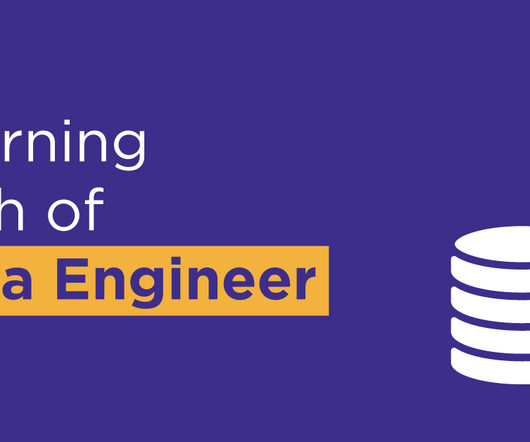How to Become a Data Engineer in 2024?
Knowledge Hut
DECEMBER 26, 2023
Data Engineering is typically a software engineering role that focuses deeply on data – namely, data workflows, data pipelines, and the ETL (Extract, Transform, Load) process. What is the role of a Data Engineer? They are required to have deep knowledge of distributed systems and computer science.












Let's personalize your content